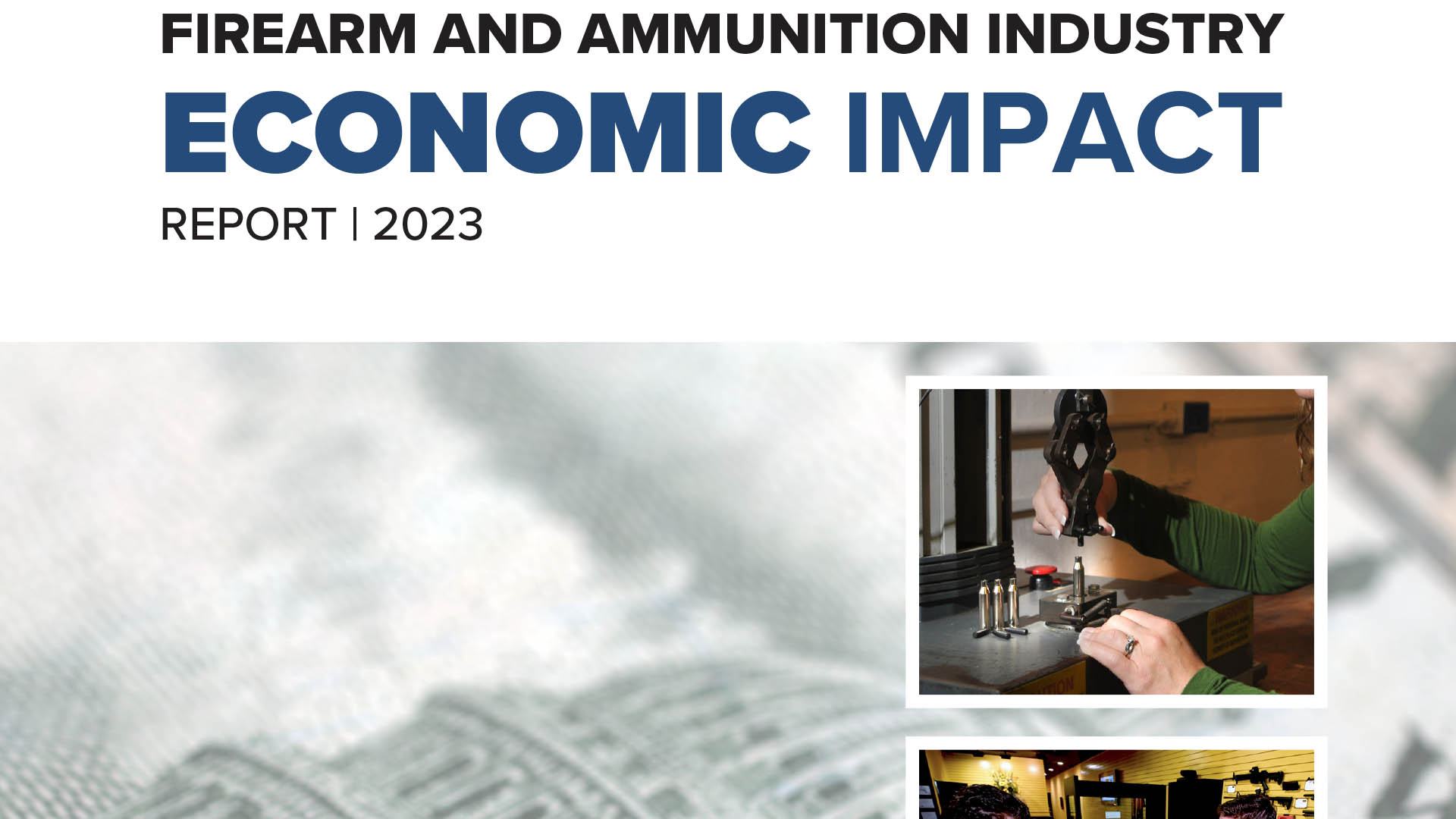
The positive role the firearm and ammunition industry plays in the economy has more than tripled in the last 15 years, rare positive news in a period of heavy inflation and recently shuttered bank doors. The industry’s total economic impact in the United States increased to $80.73 billion in 2022, up from only $19.1 billion in 2008, according to a recent report from the National Shooting Sports Foundation (NSSF). The figures represent a 322-percent increase.
By comparison, the gross national product—a rough gauge of economic health—in the United States came in at $14,857 billion in early 2008. By 2022, that figure was up to $24,929 billion (both first quarter figures). It didn’t even double. The firearm industry’s financial clout, on the other hand, more than tripled during the same period.
The improvement allows more breadwinners to provide for their loved ones as well. NSSF estimates that, between those years, the total number of full-time equivalent jobs in the firearm and ammunition industry rose from approximately 166,000 to more than 393,696.
The industry’s economic impact rose to $80.73 billion in 2022, up from $70.52 billion in 2021. Total jobs increased by more 17,877 in the same period, to 396,696 from 375,819, according to the NSSF report.
“Our industry’s economic input is undeniably contributing to every state and every community,” said Joe Bartozzi, NSSF president and CEO. “This milestone achievement of over $80 billion in economic impact proves that the American firearm and ammunition industry is strong. Ours is an industry that is consistently growing and innovating to meet the American demand for the highest quality firearms and ammunition for lawful firearm ownership. Over 4.2 million Americans from all walks of life, for the first time, discovered and exercised their right to lawful firearm ownership and safely participate in the recreational shooting sports last year.”
There’s another benefit to the growth. The firearm and ammunition industry paid more than $7.48 billion in business taxes, including property, income and sales-based levies. An additional $1.15 billion was paid in federal excise taxes.




































